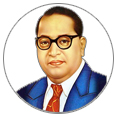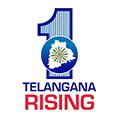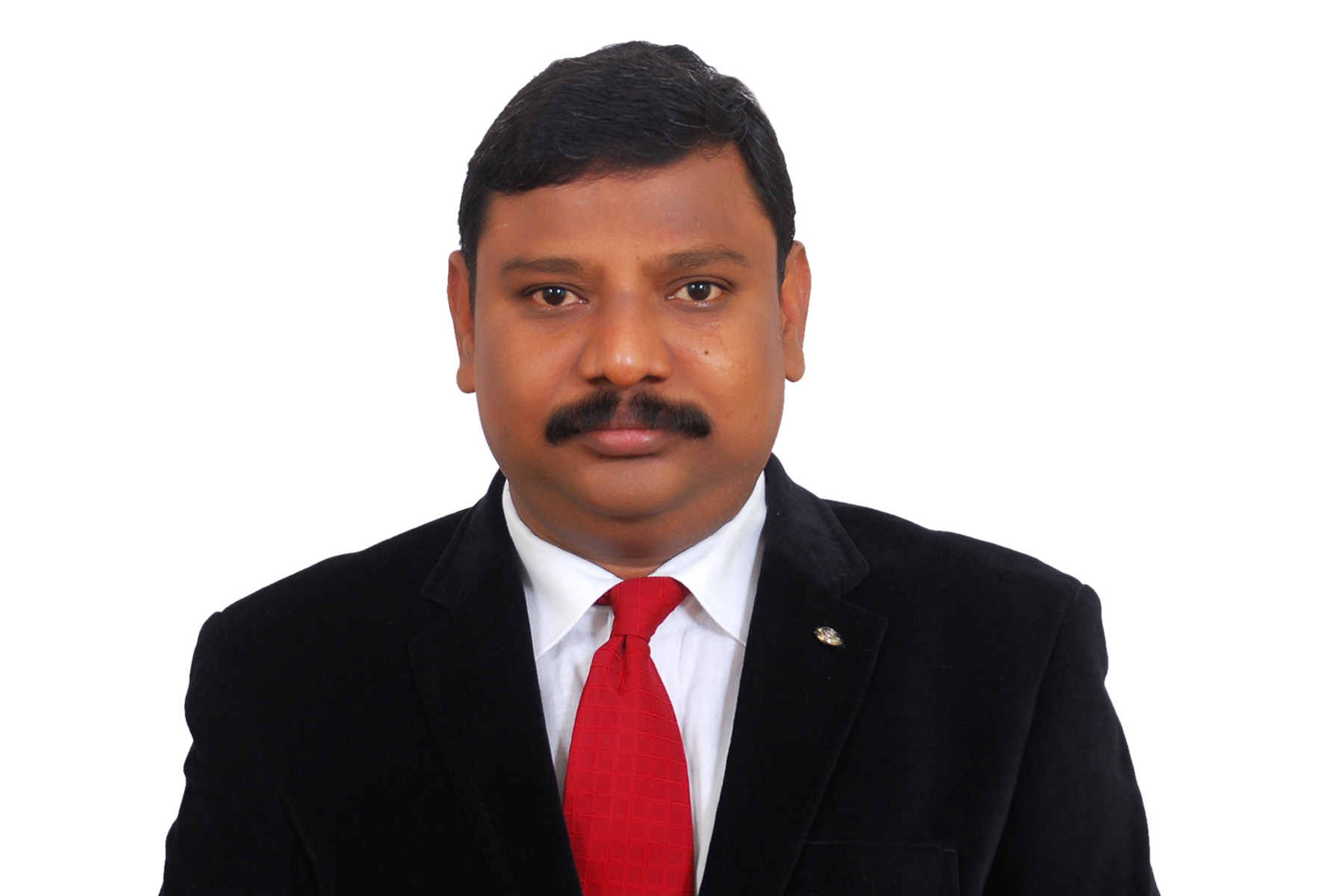- Director Academic
- Academic Courses
- Academic Calendar
- Faculty Details with Photographs
- UGC-Recognized ODL Programmes
- Internal Quality Assurance Cell (IQAC)
- Library
- Academic Collaborations
- Prospectus
- Statutes for ordinance
- Statutes for examination
- Departments
- Centres
- Academic Council
- Teaching Facilities
- Innovation Cell
- Seminars/Conferences
- Dean of Faculties
- Head of Departments
- Board of Studies
Electronic Media Resources & Research Centre (EMR&RC)
Introduction:
The Electronic Media Resources & Research Centre (EMR&RC), renamed in 2022 (formerly AVPRC), vide 182nd Executive Council Meeting held on 4th February 2022, vide Executive Council minutes of the meeting, EC resolution point number 8. The Electronic Media Resources and Research Centre (EMR&RC) is one of the directorate of Dr. BRAOU was established in 1985 as part of the Material Production Directorate. The centre became a separate full-fledged Directorate in February 1993 headed by a Director. The centre aimed to produce digital content by utilising the Television studio facilities and delivery through various media platforms for the use of the distance learners.
The Dr. BRAOU is celebrating its 40 years of service in the Open Distance Educations system and served rural, semi-urban and urban population. Dr.BRAOU is taken up the major initiative to match with the University Grants Commission National Educational Policy Frame work by following the norms for NAAC.
New National Education Policy i.e. NEP-2020 UGC Distance Education Regulations, Universities need to reach students through several media platforms to reach the distance learners. The widespread reach of smart phones and internet among the Indian population and use of multimedia mode of content delivery, the scope of learning has widened in the present context. Use of smart phones and Wi-Fi technology facilitate the students to have more access in receiving the digital content. NEP-2020 UGC Distance Education Regulations and effects of Covid-19 pandemic (2020-2021) have resulted in a paradigm shifts in higher education in general and distance education in particular.
The widespread reach of smart phones and internet among the Indian population and the youth made it imperative to rethink the earlier focus on radio and television media. With the availability of smart phone and Wi-Fi facility for students, there is a high demand for continuous engagement with them.
The EMR&RC is headed by a Director assisted by professionally qualified personnel such as Production team (Camera persons, Lighting Assistants, Editors and helpers) headed by Producers, Technical team (Technical assistant and Sr. Technical Assistant) headed by Instrumentation Engineer, etc. administrative staff and accounts look after the day to day works related to the office.
OBJECTIVES:
-
To produce and transmit audio and video programmes
-
To conduct training and organizing skill development academic programmes including research in audio visual communication.
-
To put in place a policy and an implementation framework capable of achieving academic advantage from the use of new technologies.
-
To contribute to the maintenance of the university as a learning organization.
-
To equip students with the generic skills for lifelong learning marking best use of new technologies for conceptual understanding, personal development vocational/ professional competence.
-
To use new technology to meet the needs and aspiration of current and future student
-
To maintain study options for students who do not have access to new technologies.
-
To maintain in all courses a minimum optional level of computer use to familiarise students with the concept of using the computer as a tool.
-
To keep research on technology for teaching at the leading edge, finding new ways to exploit the new technologies in the service of students.
MAJOR FUNCTIONS:
-
Preparation of Radio and Video lessons monthly recording schedules and circulating
-
Radio lessons production
-
Video lessons production
-
Editing of radio and video lessons
-
Broadcast of Radio lessons
-
Telecast of Video lessons in TSAT (Vidya & Nipuna)
-
Live teleconferencing through TSAT
-
Web radio
-
YouTube Channel
-
Duplication setup
Activities from 2017 to 2022:
-
EMR&RC is producing educational programmes in (audio lessons and video lessons) for the use of students pursuing UG, PG and other programmes offered by the university in distance mode of education.
-
Teleconference on DDK Yadagiri till December 2020 from 2:00pm to 3:00pm on Sundays
-
Tele-lessons telecast on DDK Yadagiri June 2021 from5:00am to 5:30am from Monday to Friday
-
At present the programmes were telecast through T-SAT and broadcast by AIR are being produced at our studio.
-
In All India Radio broadcasts Audio lessons from 6:25pm to 6:50pm
-
In T-SAT the video lessons are telecasts in Vidya and Nipuna from Monday to Saturday daily.
-
In TSAT Vidya channel programmes are telecasting from 1:00pm to 2:00pm and again from 8:30pm to 9:30pm
-
In TSAT Nipuna from 2:00pm to 3:00pm.
-
Web radio
-
In addition to this uploaded Audio lessons in our university website and Video lessons in YouTube channel of the university.
COURSE CONTENT IN RADIO AND VIDEO LESSONS FORMAT:
Since, 1983 the university has been broadcasting its syllabus oriented educational lessons of the courses offered over All India Radio in English, Telugu, Hindi and Urdu. The EMR&RC a unit of the university develops educational programmes in analogue and digital formats viz. Audio and Video tapes/cassettes VCDs, DVDs in phased manner to provide individual and group viewing facilities at the study centres to enrich the quality of learning. The other major initiative of the centre was to utilize the All India Radio and Television (Doordarshan) facilities effectively to reach the large audiences. This was considered as a continuous strategy of the University to make use of Radio and TV media effectively to reach out the learners.
The advent of World Wide Web and internet, social media, cloud computing etc has changed the face/pace of teaching and learning concept of ODL by use of computers, smart phones, and other devises. It was distinctive feature among the Open and Distance Learning (ODL) Education Institutions of the country. Electronic Media Resources & Research Centre is going to play a major role in developing and delivering digital content to the distance learners by using different delivery platforms that are available to the students.
In the distance education, teaching, learning modes took lot of changes in delivery of digital content to the end users. The university adopt the new technology to produce quality digital content to reach the students. EMR&RC facilitates for digital content production, delivery to reach out the more number of learners through digital mode delivery of content.
BROADCAST OF AUDIO LESSONS AND TELECAST OF VIDEO LESSONS:
EMR&RC had produced number of Tele-lessons in different subjects and broadcast through Doordarshan and T-SAT. AVPRC also conducted radio phone in programme through AIR and live programmes through DD. EMR&RC is planning to use the digital platforms to reach the distance learners by widening the use of technology to deliver the content such as – starting its web radio for audio lessons broadcast, Live Video lessons on YouTube channel, course wise Audio, Video lessons production and delivery. It facilitates the learner to have face to face live interaction with the teacher via electronic gadgets, to get answers for their queries.
The electronic media, educational TV lessons, Radio lessons and use of IT in the ODL system is an effective mode of teaching and learning. This is the first university to use live streaming of video lesson to distance learners; it is noted as unique facility in the national ODL system. Information Technology advantage and use of Internet of Things (IoT), in the distance teaching and learning is gaining more popularity to reach ODL students in very less time.
At present telecasting of video lessons through T-SAT Vidya and Nipuna channels and audio lessons broadcasting over All India Radio (A.I.R.) are available as per time slots. T-SAT video lessons are being telecasted on Nipuna from 2:00pm to 3:00pm on Vidya from 1:00pm to 2:00pm and from 8:30pm to 9:30pm. All India Radio broadcasts the lessons from 6:25pm to 6:40pm.
The learning process through technology is being adopted by the students of distance education. The university facilitates the students to access digitized content which was available on university YouTube channel and university web portal. With the changing times and advancement of technology learning mode is also changed. Now the learning process through technology is being adopted by the students of distance education. The entire content was digitized and uploaded in the university website so that the students can access it through YouTube whenever they had time. The EMR&RC is using different electronic technologies in digitizing the content to the unreached.
In the changed scenario of technology mediated teaching and learning process in the advent of World Wide Web and internet, which has revolutionised the concept of ODL teaching and learning to make use of computers, conferencing, smart phones, internet social media, cloud computing etc. Now we are in the age of virtual class room and social networking.
In the areas of technological developments in the social technologies field, social software and social networking YouTube, Face book and Twitter are being used by the people to communicate and collaborate with the network, socialise and professionalise in the teaching and learning process. The emerging of cloud computing technology, data centres and cloud platform these helped the ODL institutions to shift the teaching and learning mode from traditional to online learning in the present technological context.
INFRASTRUCTURE:
The university has established EMR&RC (AVPRC) studio in 1982 with will equipped equipment to record the audio and video lessons. The studio the back drop was changed in 18 years back i.e. in 2004. The EMR&RC studio set back drop got renovated in 2022 and studio facilities are available for the production of Video lessons, live streaming of video lessons on YouTube and other digital platforms.
Television studio
The centre has equipped with TV studio infrastructure with 3 CCD Cameras for video lessons production which is compatible with similar television networks and Audio Studio. Television studio is equipped with 3 CCD Cameras, Tripod and other related accessories, including a 4-line microphone audio recording system for studio activity and 3 FCP editing systems for video lessons editing.
ENG cameras:
P2 Camcorder with memory cards – 01
Sony Camcorder with memory cards - 01
Audio/Sound studio
Audio recording studio with Protools suite
Lighting/other equipments:
POST PRODUCTION:
-
1st FCP is used for editing of video lessons content
-
2nd FCP is used for digitizing of video lessons and Teleconferences conversions, Outdoor Lectures and editing.
-
3rd FCP system is used for uploading of digital content into university You Tube channel.
TRAINING/WORKSHOPS ORGANISED
Realizing the need to update the skills and knowledge of production and technical personnel, simultaneously involving academics, the Centre has conducted workshops/training programmes.
Workshops/Training organised by the EMR&RC
-
Workshop held on 26th April 2021 10:45am To 4:30pm, on the subject, Audio-Visual Programmes: Feedback and Future Plans at Faulty Room, Academic Block, Dr.BRAOU.
-
Report of the Review Committee Constituted on the Activities of AVPRC.
-
The Committee was appointed on 06th June 2021 by the University.
-
Minutes of the Meetings of Review Committee on the activities of AVPRC held on 10th September 2021 in the Synergy Hall – I of Academic Branch.
-
Minutes of the Meetings of the Review Committee held on 28th & 29th June 2021. At 11:300am to 3:30pm in the Executive Council Hall, BRAOU.
Read More
| Name | Designation | CONTACT NUMBER | OFFICIAL MAIL ID |
|---|---|---|---|
| Smt. V. Sulochanamma | Asst. Registrar Electronic Media Resources & Research Centre (EMR&RC) |
040-23680329 | - |
| Dr. (Smt.) D. Udayani | Producer Electronic Media Resources & Research Centre (EMR&RC) |
040-23680322 | dudayani@braou.ac.in |




